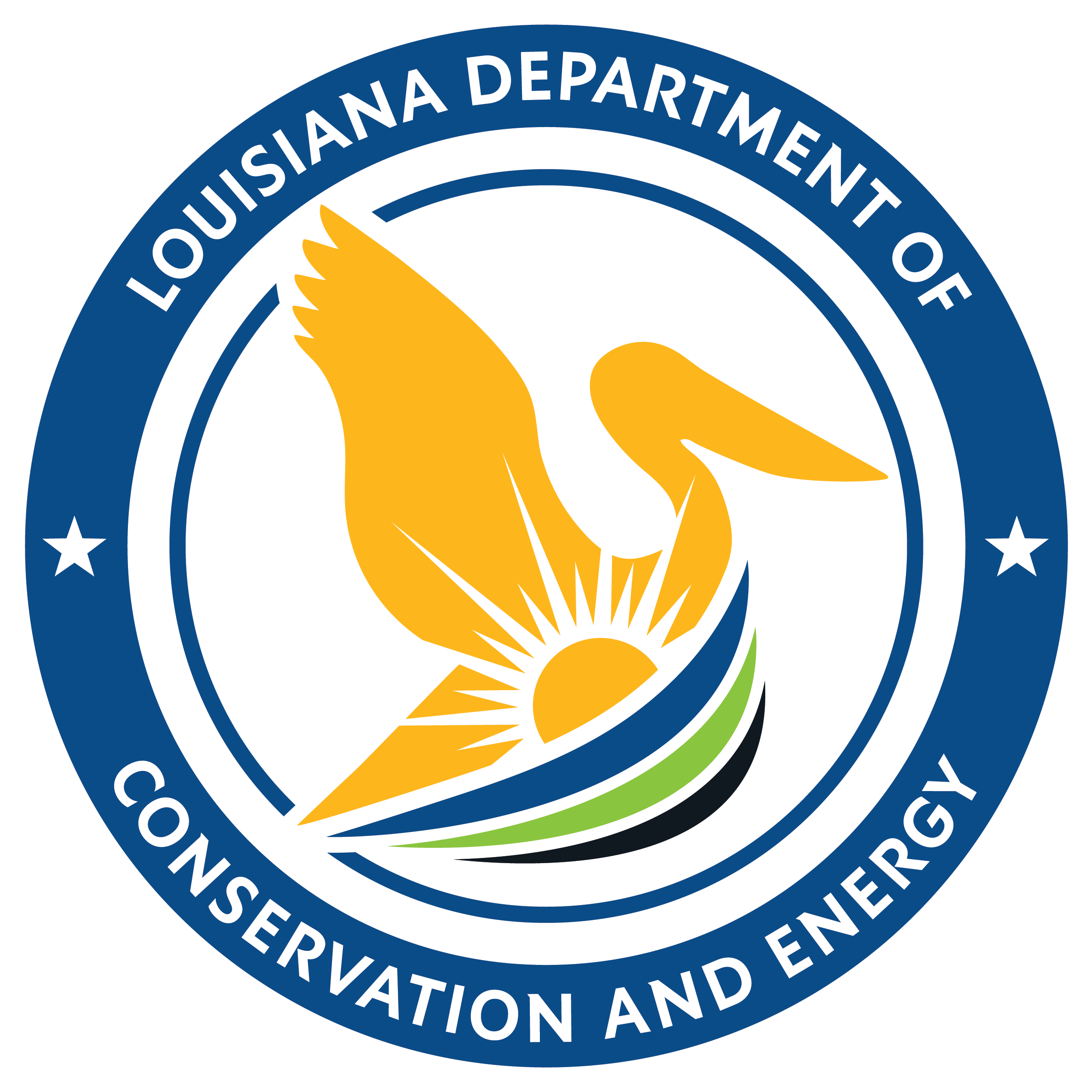Office of Permitting and Compliance
The Office of Permitting and Compliance (OPC) oversees all permitting and regulatory functions within the Department, ensuring clarity, consistency, and regulatory integrity. By streamlining processes, accelerating permitting timelines and enhancing data-driven decision-making, the Office ensures compliance with environmental standards while supporting responsible economic development. This Office prioritizes science-based permit approvals, wetland mitigation and regulatory oversight to ensure efficient operations that align economic activity with environmental stewardship.
OPC centralizes all permitting and compliance functions, aligning engineering, geology, ecology, design, and compliance divisions into a single workflow. Its structure includes integrity and production audits, UIC and storage regulation, groundwater protection, coastal permits and mitigation, and reservoir and legacy site management. By aligning these technical functions, OPC eliminates duplication, accelerates permits, and ensures that engineers, geologists, and ecologists apply their expertise consistently. This functional realignment allows specialists to focus on science-based regulation while creating clearer, faster permitting pathways for applicants.
Divisions/Sections
- Compliance
- Ecology
- Engineering
- Geology
- Permitting
Mission
Oversee all permitting and compliance functions within C&E in accordance with state law and departmental policies.
Goal
Manage permitting and compliance with clarity, consistency and integrity, ensuring regulatory activities support ecological and economic stewardship.
Strategy
Streamline permitting by accelerating processing times, increasing accuracy, reducing backlogs and enhancing customer satisfaction through expert-driven decisions.
Objectives
Ensure timely, science-based permitting for oil and gas activities; enforce wetland mitigation requirements; guarantee public safety and environmental integrity for pipelines and facilities; provide data-supported resource unitization decisions.
